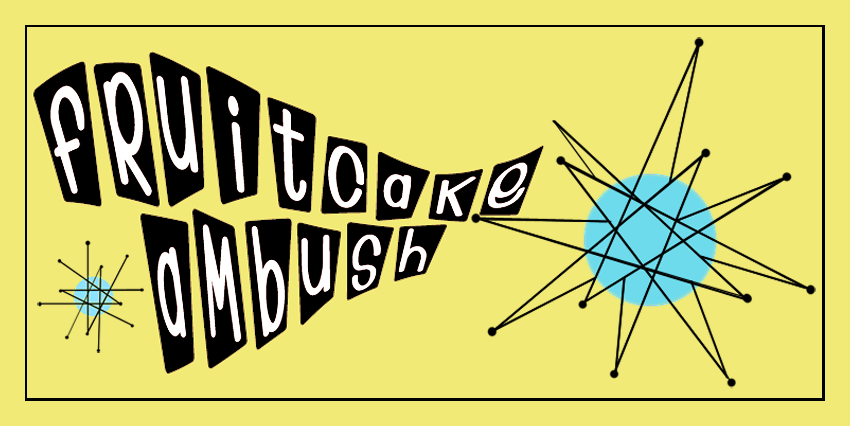Julia Child. what's to be said about her that hasn't been said? she's widely regarded as a saint of the culinary world. she's the person who made it okay to try scary new things in the kitchen, and goof them up, then try again 'til it comes out right. she's been an icon in my world for as long as i can remember, as i spent many weekend mornings on the couch with dad watching PBS reruns of The French Chef. i've seen every episode so many times, she feels like family. she also always reminded me of my grandmother, so there's that too.
to honor her birthday recently, i finally tried my hand at homemade mayonnaise. because why buy something in a jar that i can make myself, and better? the whole process sounds a little daunting at first, but it really wasn't that tricky at all. and the sense of accomplishment is nicely disproportionate to the actual product, so try it!
here's Julia's recipe, with some notes from me:
Julia's Homemade Mayo
3 egg yolks
1 tablespoon wine vinegar or lemon juice, more drops as needed (i used lemon because it's what i had, and also because i usually prefer lemon.)
½ teaspoon salt
¼ teaspoon dry or prepared mustard
1½ to 2¼ cups of olive oil, salad oil or a mixture of each (i made the mistake of using a strongly flavored Spanish virgin olive oil for this. it came out a little bitter. if this happens to you, just add about a teaspoon of sugar and that should balance it out. and make sure your oil is room temperature if you're one of those people that keeps everything in the fridge.)
2 tablespoons boiling water
Start with a large-ish, round bottomed glass or aluminum bowl. Doing this on a hot day will be beneficial, as everything will already be at the right temperature to prevent separating. And don't think you have to do this with a hand whisk. Your electric hand mixer is the way to go. For this quantity, you definitely don't want to try to use a stand mixer, but if you were doing a larger quantity, it might work.
First step: warm the bowl in hot water (if not doing this on a warm day); dry it. Add the egg yolks and beat for 1 to 2 minutes until they are thick and sticky.
Add the vinegar or lemon juice, salt and mustard. Beat for 30 seconds more.
The egg yolks are now ready to receive the oil. While it goes in, drop by drop, you must not stop beating until the sauce has thickened. A speed of 2 strokes per second is fast enough. You can switch hands or switch directions, as long as you beat constantly.
Add the drops of oil with a teaspoon, or rest the lip of the bottle on the edge of the bowl. Keep your eye on the oil rather than on the sauce. Stop pouring and continue beating every 10 seconds or so, to be sure the egg yolks are absorbing the oil.
After 1/3 to 1/2 cup of oil has been incorporated, the sauce will thicken into a very heavy cream and the crisis of potential curdling is over. The beating arm may rest a moment. Then, beat in the remaining oil by 1 to 2 tablespoon dollops, blending it thoroughly after each addition.
When the sauce becomes too thick and stiff, beat in drops of vinegar or lemon juice to thin it out. Then continue with the oil.
Beat the boiling water into the sauce. This is an anti-curdling insurance. Season to taste.
If the sauce is not used immediately, scrape it into a small bowl and cover it tightly so a skin will not form on its surface.
“...operational proof...it's all theory until you see for yourself whether or not something works.”
― Julia Child, My Life in France
happy birthday, Julia (tomorrow). you will always be one of my greatest inspirations.

